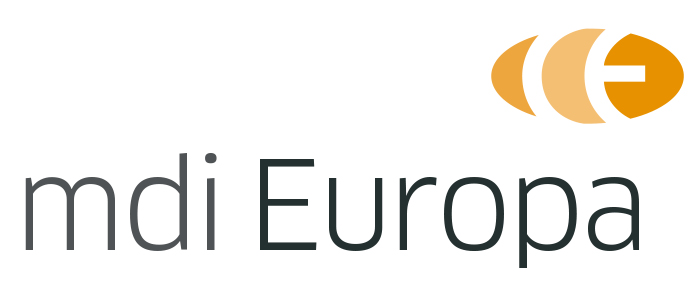Under Regulation (EU) 2017/745 on medical devices (MDR) and Regulation (EU) 2017/746 on in vitro diagnostic medical devices (IVDR), EU Authorized Representatives are – among others – in charge of the verification of the manufacturer’s technical documentation.
mdi Europa has analyzed the past submissions and listed below major concerns that often lead to serious delays in the MDR conformity assessment procedure:
1. DEVICE DESCRIPTION AND SPECIFICATION
- Product claims were not uniform throughout labeling, risk management, clinical evaluation, and other key documents.
- The rationale for the product qualifying as a medical device was not included or not sufficiently explained.
- Reference to previous and similar product generations was not sufficiently specified and explained.
2. INFORMATION TO BE SUPPLIED BY THE MANUFACTURER
- Labels and instructions for use were frequently not set up in accordance with annex I. In addition, in most cases, the technical documentation included only one language version whereas labeling translations for all applicable target countries should be included.
3. DESIGN AND MANUFACTURING
- Manufacturers should include comprehensive information about the design and manufacturing process. In many cases, this part was not sufficiently specified. Frequently, only simple flow charts where provided instead of detailed process descriptions referencing to validation and verification documents.
4. GENERAL SAFETY AND PERFORMANCE REQUIREMENTS
- As there are currently no MDR or IVDR harmonized standards, the general recommendation is to apply the most recent standard revision and thus adhering to the state of the art. This has often not been done consistently.
- The checklist on the general safety and performance requirements frequently included a brief/ generalized reference to standards. However, methods that have been used for complying with the corresponding requirement, have not been explained often enough.
- In addition, the reference where evidence on requirement compliance could be found in the technical documentation was imprecise in many cases.
5. CLINICAL EVALUATION
- Clinical evaluations so far often seemed to include significant formal non- conformities. For example, the requirements on the clinical evaluation plan or the state of the art including alternative treatment options were not appropriately addressed. But also significant process non-conformities could often be found. For example, literature was used from devices where equivalence has not been evidenced. Again, these are just some prominent examples.
6. PMS
- Although we have frequently received PMS plans that work through the requirements listed in annex III of the MDR, many points tend to be represented in a generic manner despite the fact that annex III formulates very specific requirements, e.g. reference procedures, reference protocols, threshold values.





